Portfolio
Fire Safety Animation
Public Information Films (PIFs) are almost "mini horror movies" (the British version of PSAs) which are used to inform the public about everyday safety or particular services for their own welfare... some have been more macabre than others, and these are only 50 of them. These can span from topics such as fire safety, drink driving, child abuse, AIDS prevention, rail safety, electricity safety and many more. Including a few additional entries, sit through 52-minutes of the creepiest, scariest, and downright bone-chilling public information films the UK has ever produced
Stop! Look! Listen! For decades public information films have been educating, persuading and above all warning us of hidden dangers.
Local authorities had long been using film to spread their public health messages. But the 'official' information film came of age in WWII, when it was used by government to guide the public through austerity and a life under fire.
The 1960s and 70s saw a public information 'golden age', with hundreds of short films launched on to the small screen to cajole the British public into binning their litter, giving up smoking or driving carefully.
Children of the 70s will remember a world of dangers - from roads and railway tracks to farmyards, ponds, electricity pylons and especially strangers - and a legion of characters including the Green Cross Code Man, Charley the cat and the chilling Spirit of Dark and Lonely Water.
Sometimes witty, sometimes alarming, always memorable, these films are a priceless and entertaining record of 20th century British life. But please, be careful...


We are often told to test our smoke alarms every month to check if they work. Gov.uk says that "In 2015, over 200 people died in fires in the home. You’re at least 7 times more likely to die in a fire in the home if there are no working smoke alarms."
We are asked to volunteer to check the smoke alarms of older relations, neighbours or acquaintances who could possibly need assistance.

Experimenting with Flash




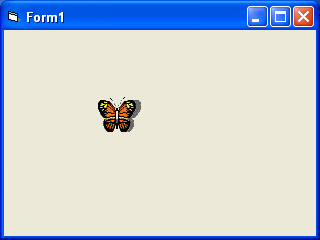

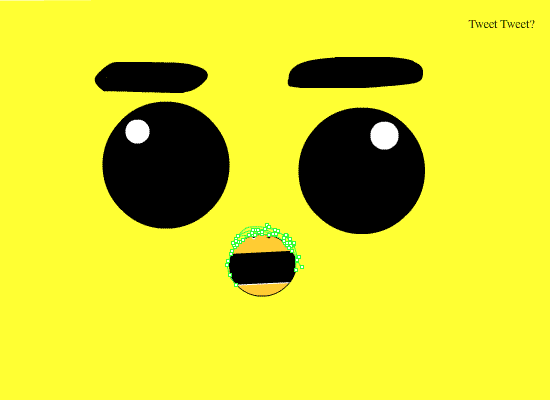
Experimenting with flash
The first animation I made was the ball. Which went surprisingly well, however I was nowhere near used to the program and so creations like this strange bird here were made




To get used to the program I decided to experiment with flash and these are the first out comes
The first animation I created was a ball and then a walking cycle. This made me wonder what other kind of animation I could do and so the next animations was the bouncing head and a walking boy.




This one I call the melting man, here are some screenshots of the stages in drawing each key frame.
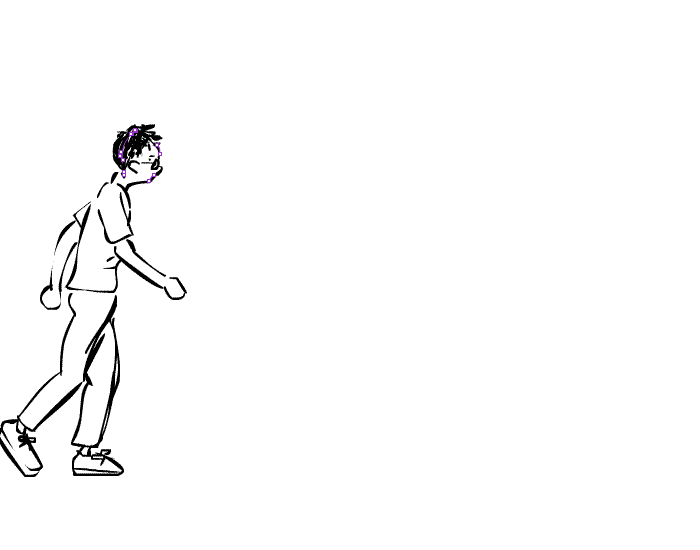




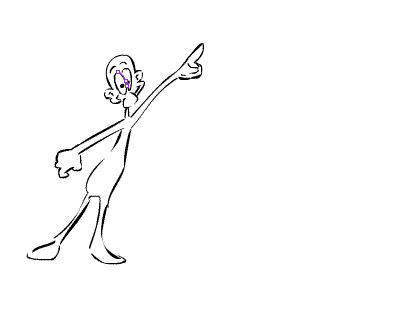
Now here we have facial expressions, a character, a high five, a weird animation, a jumping man and a dancing boy.
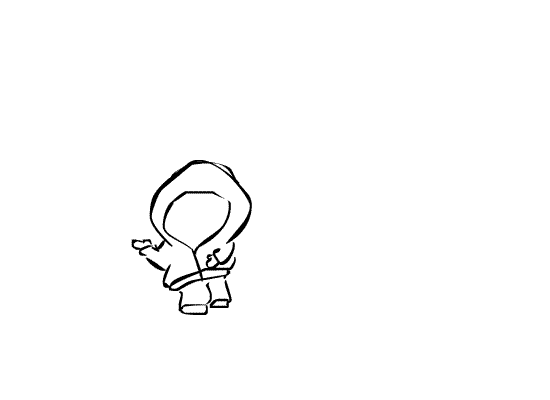
Some history of animation
1914
GERTIE THE DINOSAUR
is considered the first cartoon to feature
an appealing character.
1919
FELIX THE CAT
Musical Mews and Feline Follies introduced Felix the Cat—often considered the first animated movie star.
1928
STEAMBOAT WILLIE
featuring Mickey Mouse—becomes the first cartoon with the sound printed on the film,
and is the first notable success for Walt Disney Studios, founded in Los Angeles in 1923.
If you can dream it, you can do it.
– WALT DISNEY –
1960
FLINTSTONES
Hanna-Barbera releases The Flintstones, the first animated
series on prime-time television.
During what many consider to be the “Golden Age” of animation, theatrical cartoons became an integral part of popular culture. These years are defined by the rise of Walt Disney (Mickey Mouse, Donald Duck, and Silly Symphonies), Warner Brothers, MGM, and Fleischer (Betty Boop, Popeye).
The animation industry began to adapt to the fact that television continued its rise as the
entertainment medium of choice for American families. Studios created many cartoons for TV, using a “limited animation” style. By the mid-'80s, with help from cable channels such as The Disney Channel and Nickelodeon, cartoons were ubiquitous on TV.
1961
YOGI BEAR
The Yogi Bear Show, a spin-off of Huckleberry Hound
(another Hanna-Barbera production), debuts on national TV.
1964
THE PINK PHINK
DePatie-Freleng Enterprises wins the Academy Award for Best Short Film
for The PinkPhink (of the Pink Panther series) and continues to
create shorts for theatrical release.
The CGI (computer generated imagery) revolutionised animation. A principal difference of CGI animation compared to traditional animation is that drawing is replaced by 3D modelling, almost like a virtual version of stop-motion. A form of animation that combines the two and uses 2D computer drawing can be considered computer aided animation.
1987
THE SIMPSONS
The Simpsons is an American adult animated sitcom created by Matt Groening for the Fox Broadcasting Company. It is the longest-running American sitcom, the longest-running American animated program, and in 2009 it surpassed Gunsmoke as the longest-running American scripted primetime television series.
2014
BIG HERO 6
Big Hero 6 is the first Disney animated film
to feature Marvel Comics characters
1995
TOY STORY
Toy Story, the first fully computer-animated
feature film, was released.
1984
THE ADVENTURES OF ANDRE & WALLY B
This short film was the first fully CGI-animated film,
created by The Graphics Group, the precursor to Pixar.

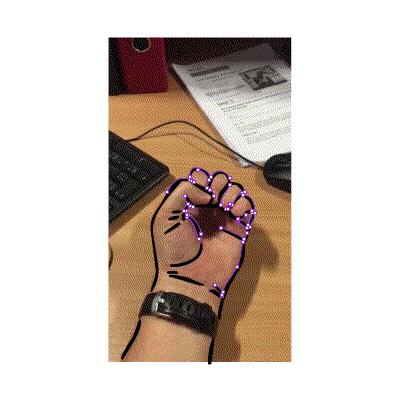


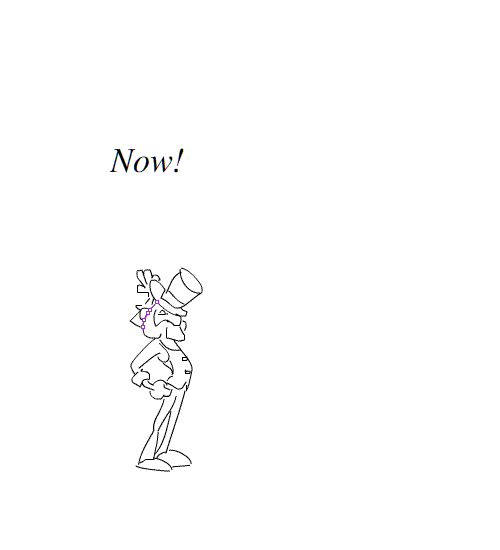
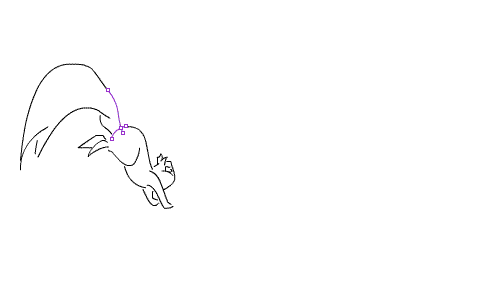
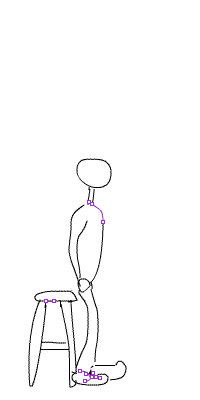

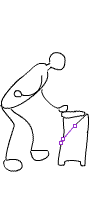
Here I have demonstrated a use of animation to portray different types of movement. The running squirrel, stumbling man, the stool, the fighter, the hero, the rowing man and a hand.
Rotoscoping is an animation technique used by animators to trace over motion picture footage, frame by frame, when realistic action is required. Originally, photographed live-action movie images were projected onto a glass panel and re-drawn by an animator. This projection equipment is referred to as a Rotoscope.
The story of Carl
























Evaluation
Carl finds a box of matches, he begins to play with them, unaware of the dangers of fire. He lights them and throws them on the floor, one by one. There are now three matches on the floor. With one of the matches he throws it over his shoulder, to his dismay it has set alight some buildings. The buildings continue to burn until they they are rubble and then a warning sign appears.
For unit 6 we were asked to create an animation based on fire safety. Although I had completed this unit I believe I could have achieved a finer quality if my time management was better distributed. During this project I enjoy experimenting with flash the most, as you can see I made several different small animations that I thoroughly enjoyed making. The fact I had discovered a cartoon style of drawing in this unit allowed me to have an art style that was not complicated and to my ability yet still flowing and comfortable. I mainly researched the scare factor of fire safety PIF's as I believe it to be quite a memorable way to allow children, as well as adults, to remember the importance of fire safety. However I did not apply too much of a scare factor as this project was for an audience of younger children. Still, the thought of being the reason that a couple of buildings burned down because of your carelessness is still quite scary, but in a more child friendly manner (without the gore). The technique I would like to work more on is rotoscoping and the one I feel quite confident in is creating the base key frames for my animation. One problem I can across is that I found it difficult to recreate the drawing in the next frame exactly like the one in the previous frame.
If I were to do this unit again I would re-do my final animation to better show off my animation skills and further complicate the animation as it is quite simple and straightforward.